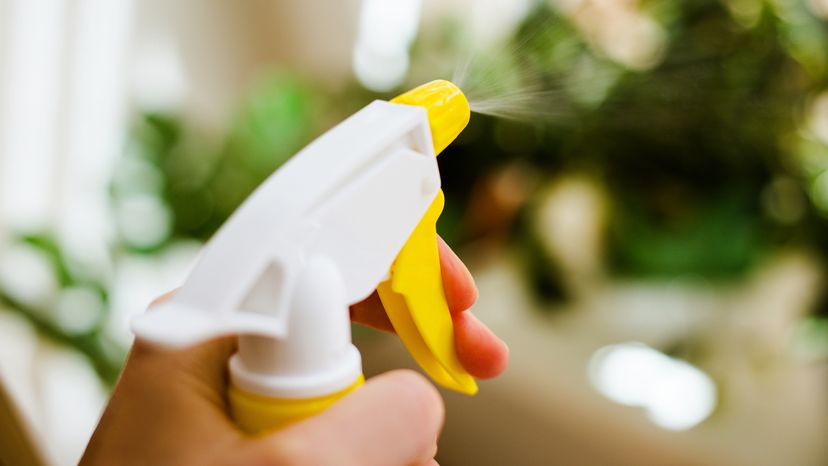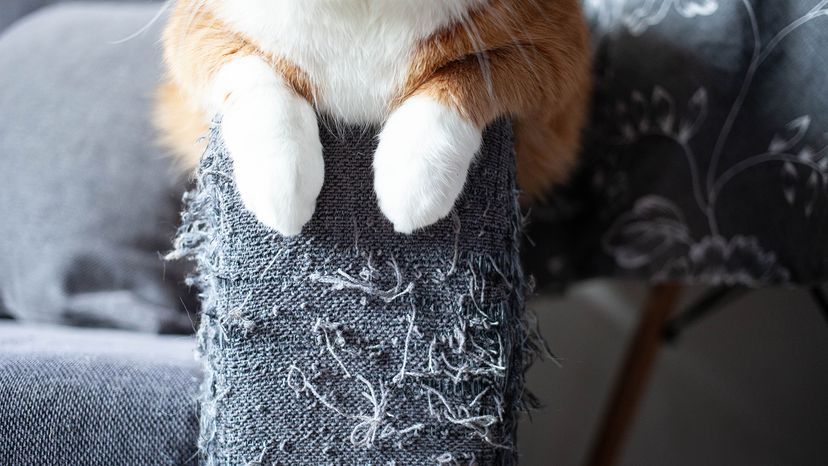
Tired of paw prints on your car, cat poop in your garden or scratched-up furniture in the living room? Whether you’re a cat owner trying to protect your plants or dealing with neighborhood feral cats, using a safe and effective cat repellent can make all the difference.
Let’s explore the best ways to deter cats from your home, yard or prized possessions — without causing harm.
Advertisement

